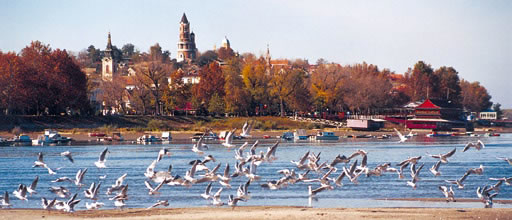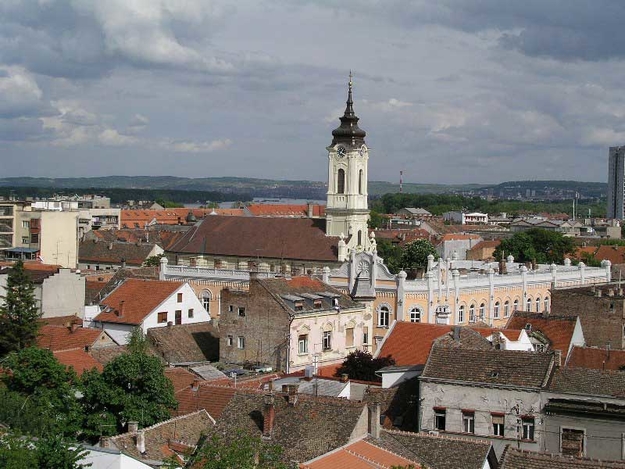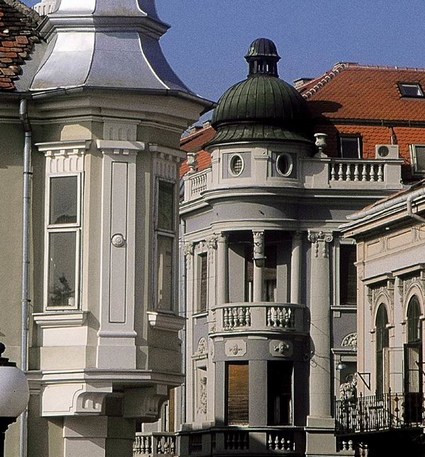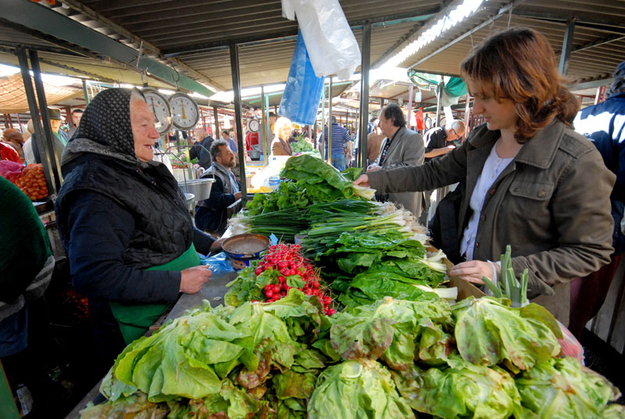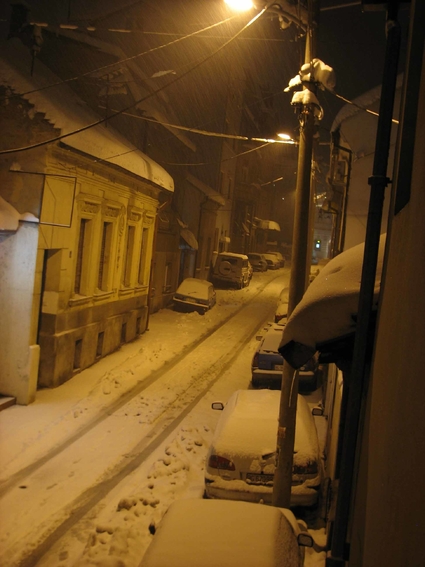ZEMUN, city within a city
Zemun is a town in Serbia which constitutes the City of Belgrade, the country's capital. It developed separately from Belgrade but the development of New Belgrade in the late 20th century joined them together in a continuous urban area. But, locals still say "going to Belgrade" even now they are integrated.
Zemun lies on Danube River and its actually older then the city of Belgrade. The area of Zemun has been inhabited since the Neolithic period, passed throw Celtic settlements from the 3rd century BC, became part of the Roman province, taken by the Austrian Habsburgs and became the center of the continued border wars between the Habsburg and the Ottoman empires. Finally, 1918. the town became part of the Kingdom of Yugoslavia.
The most interesting thing is that all of these historic events have been happening in area of only 15 minutes (by bus) distance.
There is a saying that citizens never leave Zemun because they have everything they need in there. Zemun really looks different and function in a different rhythm than Belgrade. Life and people are very tied with the River. In the middle of the Danube there is a big island with special micro climate and very rare bird species. Also in there live other wild animals, like deer and boars. In the summer beach is opening for use.
Gastronomy is a main life focus of Zemun citizens. People still grown tradition of buying fresh vegetables at Market. By the Riviera you can find a lot of very good fish and traditional restaurants.
As cultural locations you can find an Opera and Theatre, Puppet Theatre and open Theater. Some of important cultural heritages are Millennium tower, first Boy’s school since 1728. and first Girl’s school since 1822., old restaurants from the Ottoman empire, printing manufactory and many others.
With a very filled history of turbulence, as a town of rich tourism and trade in past, many different cultures and people populate Zemun. That you can notice in every corner, but all of these people with their traditions and cultures lived and worked in peace with nature and each other through all its history.
